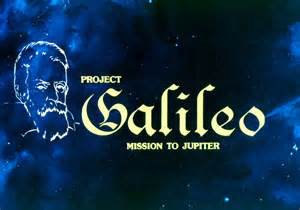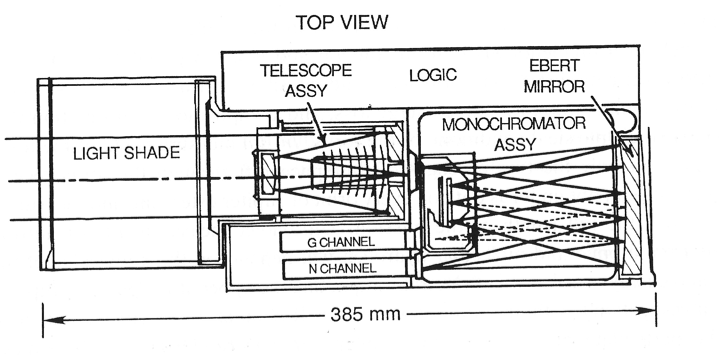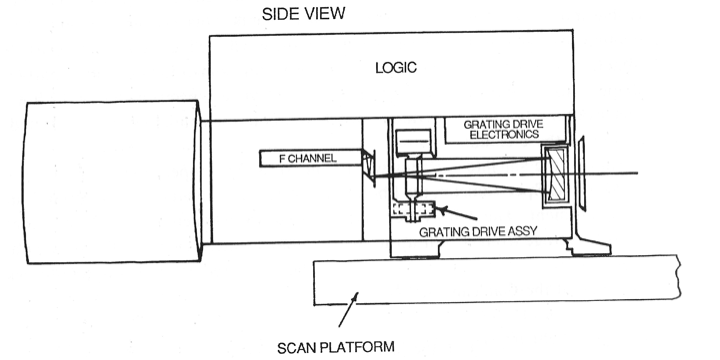- Derive EUV ratios of O+ to O and H
- Acquire pole-to-pole and dawn-to-dusk measurement of cloud top abundance of SO2
- Obtain the abundances of O and CO in the thermosphere
- Observe night side NO and O2 emissions

Introduction
Galileo was launched October 18, 1989, aboard space shuttle Atlantis; an Inertial Upper Stage rocket boosted into an orbit that allowed it to flyby Venus on Feb 10,1990.
The Galileo ultraviolet spectrometer experiment used data obtained by the Ultraviolet Spectrometer (UVS) mounted on the scan platform and from the Extreme Ultraviolet Spectrometer (EUVS) mounted on the spinning part of the orbiter with the field of view perpendicular to the spin axis. The UVS was a Ebert-Fastie design that covers the range 113–432 nm with a wavelength resolution of 0.7 nm below 190 and 1.3 nm at longer wavelengths. The UVS spatial resolution is 0.4 deg × 0.1 deg for illuminated disc observations and 1 deg × 0.1 deg for limb geometries. The EUVS was a Voyager design objective grating spectrometer, modified to cover the wavelength range from 54 to 128 nm with wavelength resolution 3.5 nm for extended sources and 1.5 nm for point sources and spatial resolution of 0.87 deg × 0.17 deg.
Venus Objectives
References
Detailed descriptions of the spacecraft, instrumentation and mission plan are available in Space Science Reviews, Vol. 60 Nos. 1-610, 1992.
Additional Information - No UV Venus data was archived in the PDS. Additional information concerning instrumentation or possible authors of publications can be found at gouv_0002.
 PDS: The Planetary Atmospheres Node
PDS: The Planetary Atmospheres Node



